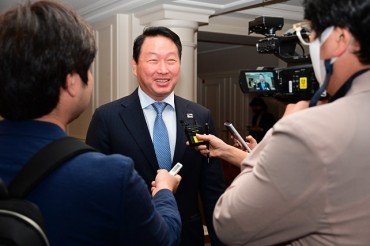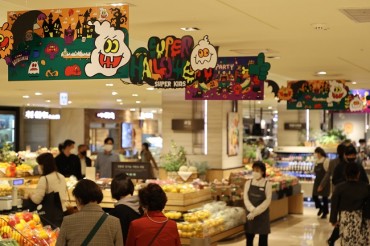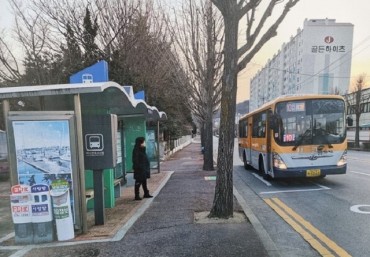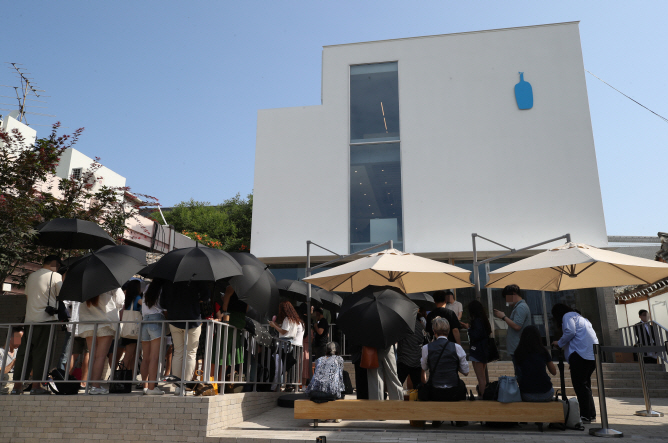
Customers waiting in a long queue in front of U.S. coffee brand Blue Bottle Coffee’s second store in South Korea on July 5, 2019. (Yonhap)
SEOUL, May 25 (Korea Bizwire) – A year has passed since South Korea’s first Blue Bottle Coffee shop opened in Seoul’s eastern Seongsu neighborhood – a trendy hangout spot where young artists and designers renovated existing buildings into art spaces, fine restaurants and cafes to woo customers.
What impact has this American coffee freanchise had on the coffee industry in South Korea?
Currently, Blue Bottle Coffee Inc. runs five shops in Seongsu-dong, Samcheong, Yeoksam, Apgujeong, and Hannam.
Among coffee industry analysts, opinions are mixed.
Some believe that Blue Bottle’s focus on specialty coffee has contributed to the expansion of the high-end coffee market, while others say that the company’s influence on South Korea’s coffee market has been minimal.
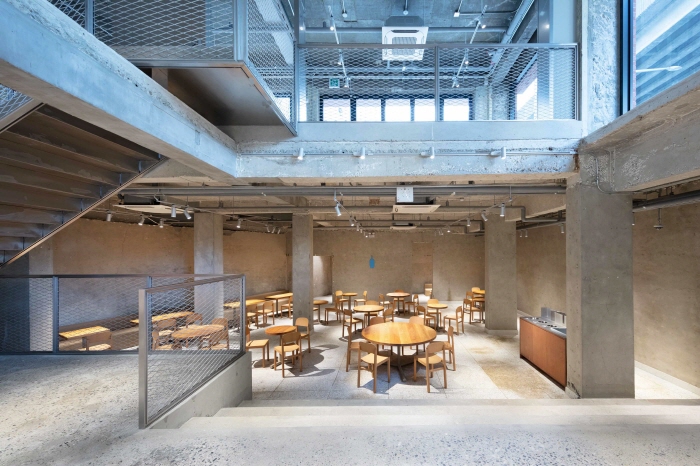
For many customers, the new Blue Bottle Coffee store was a ‘disappointment,’ because of its ‘factory-like design.’ (image: Blue Bottle Coffee Korea, Ltd.)
Specialty coffee refers to drinks scored higher than 80 by the Specialty Coffee Association. They are mainly served at Starbucks’ Reserve Bar and Blue Bottle.
The coffee industry believes that Blue Bottle contributed to the popularization of specialty coffees, once popular only among coffee enthusiasts.
The specialty coffee market expanded when Blue Bottle opened for business in South Korea, they argue.
“Blue Bottle made a significant contribution to starting a new era for the South Korean coffee market, spreading the culture of specialty coffee far and wide,” an industry source said.
“The company will continue to attract more popular interest towards specialty coffee.”
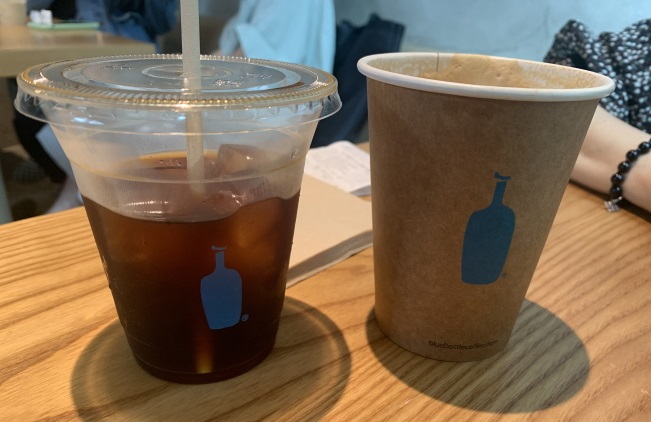
The coffee industry believes that Blue Bottle contributed to the popularization of specialty coffees, once popular only among coffee enthusiasts. (image: Korea Bizwire)
There are others, however, who believe that Blue Bottle’s influence in South Korea has been minimal.
A limited number of vendors and its operational focus on Seoul has led Blue Bottle to be tied up regionally, and most of the customers are hard-core coffee enthusiasts who have limited influence in the popularization of specialty coffee, they say.
In addition, Blue Bottle’s shops don’t provide free wireless Internet and other convenience facilities normally found in other coffee shops, breaking with tradition as South Koreans commonly visit coffee shops to meet with others.
“Blue Bottle gained attention when the first shop opened. Now, it struggles to win the heart of South Korean customers,” another industry source said.
“They should have entered the South Korean market with a better understanding of South Korean customers.”
H. M. Kang (hmkang@koreabizwire.com)




